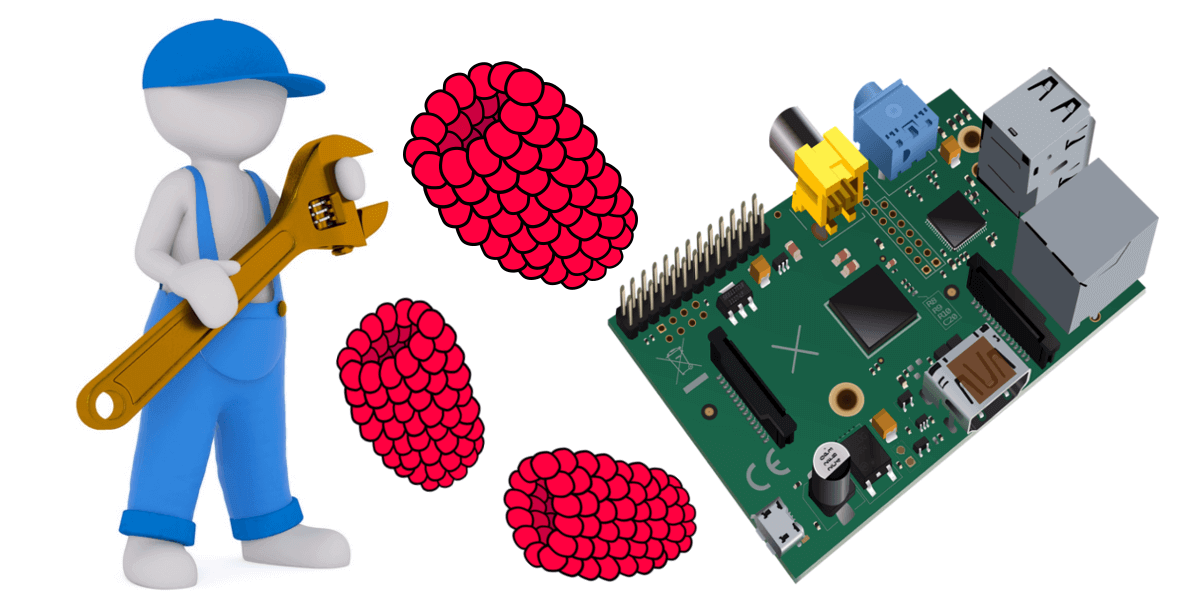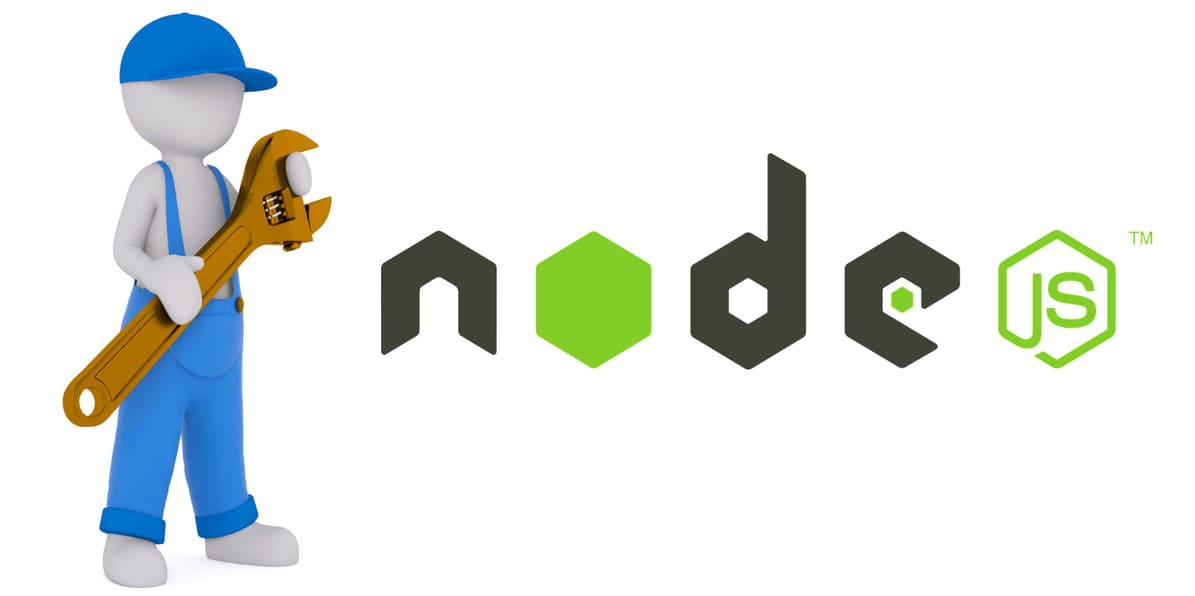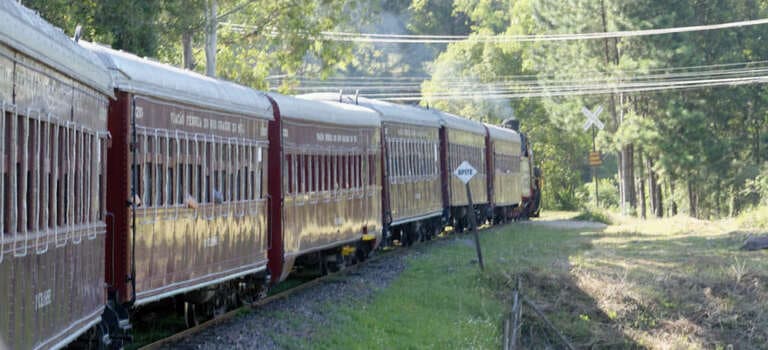Olá pessoal, hoje vamos criar um blog utilizando a ferramenta Jekyll, com o auxílio dos contêineres Docker para gerar e executar o blog localmente.
Abra o terminal com as teclas ctlr + alt + t e crie a pasta para o projeto:
mkdir jekyll-project
Entre na pasta:
cd jekyll-project
Crie a variável de ambiente com a versão do Jekyll escolhida:
export JEKYLL_VERSION=3.8.6
Para definir o horário do contêiner, crie uma variável de ambiente para configurar o fuso horário de acordo com sua localização:
export TIMEZONE=America/Sao_Paulo
Crie um volume para o bundle:
docker volume create banco-de-dados-bundle-jekyll
Execute o contêiner para criar o projeto my-blog:
docker run --rm -it --volume="$PWD:/srv/jekyll" --volume=banco-de-dados-bundle-jekyll:/usr/local/bundle -e TZ=$TIMEZONE -e JEKYLL_GID=1000 -e JEKYLL_UID=1000 jekyll/jekyll:$JEKYLL_VERSION jekyll new my-blog
Entre na pasta gerada:
cd my-blog
Edite o arquivo de configuração _config.yml para definir as características do projeto:
# Welcome to Jekyll!
#
# This config file is meant for settings that affect your whole blog, values
# which you are expected to set up once and rarely edit after that. If you find
# yourself editing this file very often, consider using Jekyll's data files
# feature for the data you need to update frequently.
#
# For technical reasons, this file is *NOT* reloaded automatically when you use
# 'bundle exec jekyll serve'. If you change this file, please restart the server process.
# Site settings
# These are used to personalize your new site. If you look in the HTML files,
# you will see them accessed via Projeto Kube, , and so on.
# You can create any custom variable you would like, and they will be accessible
# in the templates via .
title: Your awesome title
email: your-email@example.com
description: >- # this means to ignore newlines until "baseurl:"
Write an awesome description for your new site here. You can edit this
line in _config.yml. It will appear in your document head meta (for
Google search results) and in your feed.xml site description.
baseurl: "" # the subpath of your site, e.g. /blog
url: "" # the base hostname & protocol for your site, e.g. http://example.com
twitter_username: jekyllrb
github_username: jekyll
# Build settings
markdown: kramdown
theme: minima
plugins:
- jekyll-feed
# Exclude from processing.
# The following items will not be processed, by default. Create a custom list
# to override the default setting.
# exclude:
# - Gemfile
# - Gemfile.lock
# - node_modules
# - vendor/bundle/
# - vendor/cache/
# - vendor/gems/
# - vendor/ruby/
Atualize o site com o comando abaixo:
docker run --rm -it --volume="$PWD:/srv/jekyll" --volume=banco-de-dados-bundle-jekyll:/usr/local/bundle -e TZ=$TIMEZONE -e JEKYLL_GID=1000 -e JEKYLL_UID=1000 jekyll/jekyll:$JEKYLL_VERSION jekyll build
Execute o contêiner para iniciar o servidor na (URL) http://localhost:4000.
docker run --rm -it --volume="$PWD:/srv/jekyll" --volume=banco-de-dados-bundle-jekyll:/usr/local/bundle -e TZ=$TIMEZONE -e JEKYLL_GID=1000 -e JEKYLL_UID=1000 -p 4000:4000 jekyll/jekyll:$JEKYLL_VERSION jekyll server
Outros temas para utilizar com Jekyll pode ser encontrado aqui.
Referências
Jekyll Docker. GITHUB. Disponível em: https://github.com/envygeeks/jekyll-docker. Acesso em: 30 out. 2019.
Quickstart. JEKYLL. Disponível em: https://jekyllrb.com/docs. Acesso em: 31 out. 2019.
MATHEUS, Yuri. Criando volumes com Docker. ALURA, 19 set. 2018. Disponível em: https://www.alura.com.br/artigos/criando-volumes-com-docker. Acesso em: 31 out. 2019.
Data e Hora do container. ALURA, 29 out. 2017. Disponível em: https://cursos.alura.com.br/forum/topico-data-e-hora-do-container-48707. Acesso em: 19 dez. 2019.










